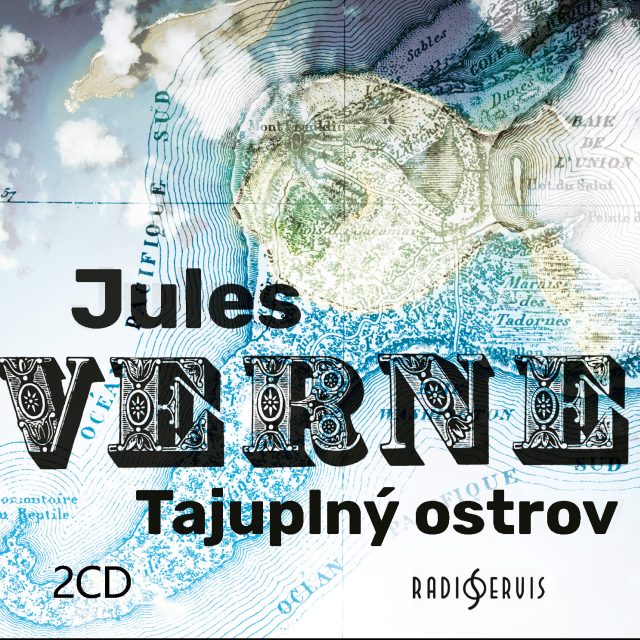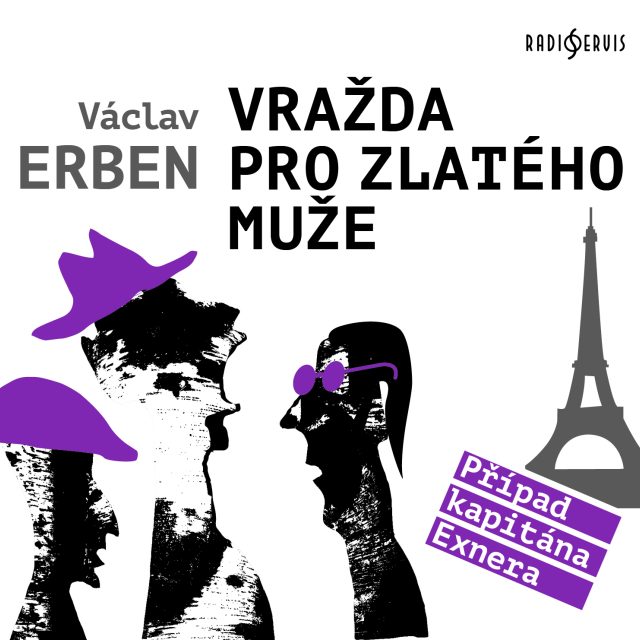František Xaver Richter
*1 December 1709 Holešov† 12 September 1789 Strasbourg
According to Johann Georg Meusel’s dictionary of 1778, the composer was born in Holešov in Moravia, and it seems probable that Meusel had this information directly from Richter himself. On the other hand, the Holešov registries have no entry for Richter’s birth, and even the name Richter does not appear in Holešov until 1720.
Holešov did, however, have an important place in Richter’s life. A certain Franciscus Richter who was a student at the Jesuit gymnasium in Uherské Hradiště from 1722 to 1727 did come from Holešov and undoubtedly is identical to our composer. Another source designates him as an alto and an instrumentalist and in 1726 as the founder of the local St. Francis Borgia Musical Seminary. The composer’s father may have been a certain Matěj Richter, about whom the birth registry of 1722 informs us that he was a soldier or more likely a castle guard. Even Richter’s nationality is not certain, his family name Richter being in Moravia common among both the German and Czech inhabitants. The secondary school in Uherské Hradiště was one of the smaller Jesuit schools, but great stress was put on music in the order’s church. From an inventory dated 1730 we know that the most popular works were small pieces with Latin but also sometimes German or Czech texts written for the boy sopranos and altos and with relatively colorful instrumentations. By contrast, complete masses were performed rather seldom. After his graduation from the gymnasium when he was 18, we find no sign of Richter for the next ten years. We do not know where Richter spent the time between 1736 and 1740 when Count František Antonín Rottal was sponsoring Italian opera performances in Holešov. It has been speculated that he spent time in the 1730s in Vienna and in Italy, but there is no concrete proof of this. All we know is that he somehow had occasion to become familiar with the best music of his time and to become proficient in counterpoint. Only in 1736 does his name reappear, among the Italian singers in the count’s opera in Stuttgart, where he was singing bass. A year after that Richter was awarded upon the recommendation of Ignác Klausek the position of music composer in the Benedictine monastery in Ettal. Here for the pupils of the local Knights′ Academy he composed his remarkable oratorio Der Mensch vor Gottes Gericht (Man Before God’s Judgment), which already bears the marks of a mature composer. In 1740 he moved to a similar position with the orchestra of the Duke-Abbot in Kempten, where he also married. In Kempten he composed his monumental Te Deum, which was in its expressivity well ahead of its time. In 1746 Richter moved to Mannheim in the hope of becoming assistant Kapellmeister of that city’s Prince-elector Orchestra, at the time the most famous in Europe. Instead of that, he was offered only the position of a well-paid bass in the opera. He lived in friendly relations with Johann Wenzel Stamitz, at that time the conductor of the orchestra. In 1751 Ignaz Holzbauer, who had directed Count Rottal’s opera in Holešov from 1737 to 1740, became Kapellmeister. In 1748 Prince-elector Carl Theodor commissioned Richter to compose the oratorio La deposizione della croce. The prince was said not to be very enthusiastic about that work because it contained so much counterpoint; nevertheless, he bestowed on Richter in 1760 the title of court composer. It was at that time that Richter began to write for the elector his textbook on musical composition titled Harmonische Belehrungen (Harmonic Instruction), which he completed in 1767. This work is grounded in the principles of Johann Joseph Fux and was printed in French in 1804 after Richter’s death. Circumstances in the Mannheim orchestra made it possible for Richter to undertake journeys in 1757-1758 to France, Holland and England, which he used not only to give concerts but also to develop contacts with the publishers of the instrumental works which he had thus far written.
On 24 April 1769 the cathedral chapter in Strasbourg offered Richter the position of Kapellmeister and provided him with almost ideal conditions to compose. He had at his disposal twenty singers and a forty-member orchestra. In 1785 he was allowed to take on as his assistant Haydn’s student Ignaz Pleyel. In Strasbourg Richter composed for the most part sacred music, which became the property of the chapter. František Xaver Richter died on 12 September 1789 as a universally recognized musical personality. After the French Revolution broke out, the Strasbourg chapter moved in 1791 to Offenburg, taking all its archives with it. Thanks to this move, Richter’s manuscripts were preserved from the furies of the revolution. They included 27 masses, 2 requiems and a great number of motets and other smaller sacred pieces.
František Xaver Richter is an outstanding composer but one who has yet to be fully appreciated. In his style he is still firmly rooted in the late Baroque, evidence of this being his frequently used counterpoint and imitations found not only in his sacred but also in his instrumental works. On the other hand, we also find in his works elements of North-German sensibility and classical Viennese style. He has at times been criticized for overusing sequences, but we should remember that this was a common expressive tool in those times. Along with Boccherini, Richter is considered to be the originator of the string quartet because his quartets are cyclical works for four evenly matched virtuoso instruments without any bass continuo. He had already written his first string quartets in 1757, but they did not appear in print until 1768. Richter′s more than 80 symphonies from the years between 1740 and 1765 are of major significance for the development of the classical symphony. They have nothing in common with the light entertainment type of the Viennese divertimento but are distinguished rather by their dramatic turmoil and contrasting motifs. One of Richter’s characteristics is the use of imitative counterpoint in some of his closing movements. His instrumental concertos are not only very demanding but also full of inventiveness in their expression and form. He wrote six of them for harpsichord, eight for flute, and one each for oboe and trumpet. Up until now Richter’s best-known works have been his sacred compositions, most of which are conserved in Strasbourg.
Author: Jiří Sehnal
E-shop Českého rozhlasu
Vždycky jsem si přál ocitnout se v románu Julese Verna. Teď se mi to splnilo.
Václav Žmolík, moderátor


Tajuplný ostrov
Lincolnův ostrov nikdo nikdy na mapě nenašel, a přece ho znají lidé na celém světě. Už déle než sto třicet let na něm prožívají dobrodružství s pěticí trosečníků, kteří na něm našli útočiště, a hlavně nejedno tajemství.




